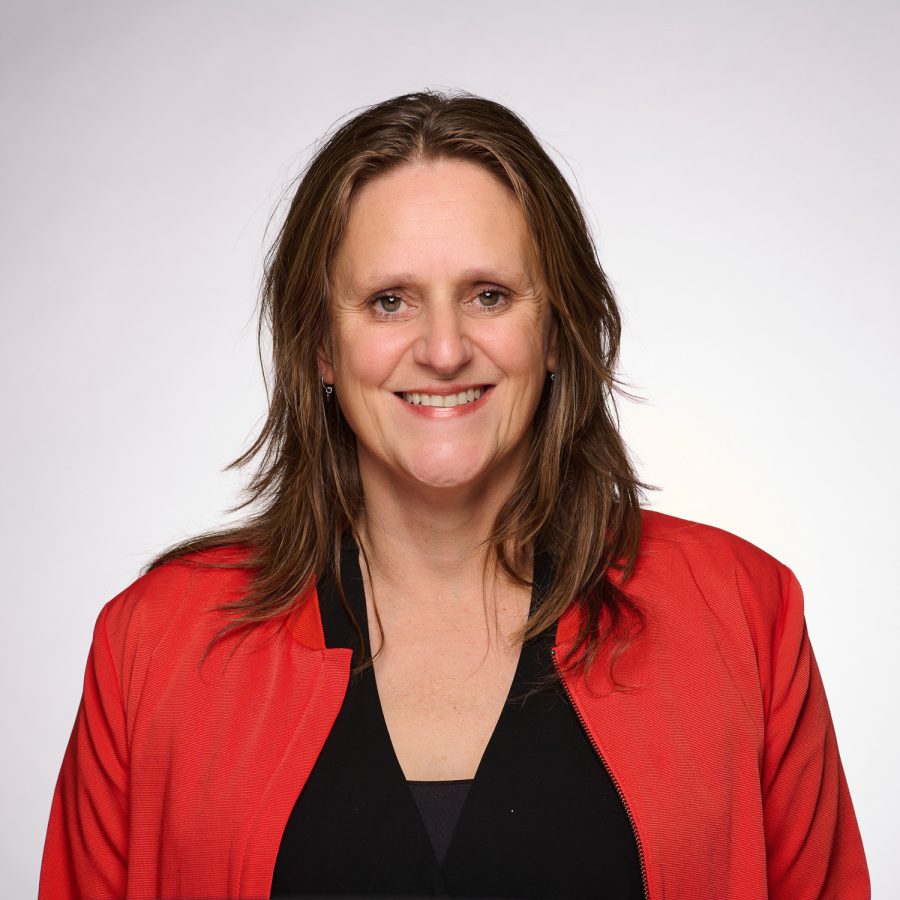Doing what it takes together to move forward

Cathelijne Hermans recently joined the team at Rebel Transition Management, where she is working on transitions in the built environment. She talks about her landing at Rebel, the challenges ahead, and why optimization of the current system is not enough: ‘We want more and more in an increasingly limited space. We have to have the courage to experiment.’
Cathelijne, you’ve been part of Rebel Transition Management since November. What experience do you bring with you?
Cathelijne Hermans: ‘For the past seven years I worked as a strategy consultant at the engineering firm Royal HaskoningDHV, where I focused on change in urban mobility. I did many projects on smart mobility and urban logistics, including for the Amsterdam region, where I live. Later, I took on leadership of a team working on tomorrow’s mobility. Think about the future of public transport, the role of cyclists and pedestrians in the city, city supply, and traffic safety.
‘Previously, I was a researcher at the City of Amsterdam and an advisor at Berenschot and the Amsterdam Economic Board. The Board stimulated cooperation between governments, the business community, and knowledge institutions to achieve meaningful innovations. So I am used to operating at the intersection of different parties and different interests.’
How did you end up at Rebel?
‘I already regularly would encounter Rebel in my work, when we were in a framework contract together, for example, or competing with each other. I knew consultants from Rebel as creative and entrepreneurial and saw how they drove developments from a different positions. Sometimes they went a step further than I did.
‘I noticed that I was ready for the next step in my development, partly because of my views on transitions. When it comes to spatial issues, I am increasingly aware that it is not enough to optimize the system we already have. We want more and more in terms of livability, sustainability, climate resilience, and energy, in a space that is becoming increasingly limited. That is why we must be willing to look at things differently and dare to experiment. Even if that means you sometimes fall flat on your face. I wanted to work in an environment where that kind of thinking is encouraged.’
How has the landing at Rebel been since you started and what projects are you working on now?
‘It’s a cliché to say, but Rebel feels like a warm bath. I’ve felt welcome from the very first moment. At most companies, when you apply, you only speak with a manager and one or two colleagues before you start. At Rebel, I spoke with everyone on the team. So it felt like a broad-based decision when I was offered a contract.
‘One of my projects is to support Rotterdam businesses in switching to electric vehicles and building collective charging squares. In 2025, the city of Rotterdam is introducing a zero-emission zone for vans and trucks. If every business arranges the electrification of its fleet for itself, including the necessary charging infrastructure, we will soon run into the limits of the electricity grid. If companies work together, we can better deal with the limited grid capacity and the frontrunners can help the laggards make the switch.
‘In addition, I am going to explore the potential for public-private partnerships in waterborne freight transport in the city in another large municipality. Because if more can be transported by water then fewer large, heavy vehicles will need to enter the city.’
What do you hope to accomplish in your new role?
‘I’m not someone who makes five-year plans. My ambition is to develop into a more all-round transition consultant. My background is in strategy, whereas Rebel has a lot of financial expertise. I’m curious about that side of the job. The more I understand it, the better I can serve clients and thus society. A question I recently received about the role of governments in financing public-private initiatives would have seemed abstract to me just a month ago. I now notice that the dots are starting to connect.’
What is currently the biggest challenge when it comes to transition?
‘The biggest challenge is how to make the best use of space in the physical domain, while serving as many social goals as possible. From a strategic point of view, the big question is: how do you manage the necessary cooperation? And how do you ensure that parties do not think only of themselves, but think from a shared, overarching interest?’
Finally, what do you do when you’re not at work?
‘I live in Amsterdam with my three children and enjoy taking advantage of the city’s amenities. I enjoy eating out, and going to the movies. I also do ‘silly’ things like reading books and cooking.
‘In addition, I play sports at a swimming club, where I am also on the board. It is great to see how people with very different backgrounds and interests work together here for the same goal – caring for our association, which has existed for 130 years. I am also active in a foundation for urban planning and architecture. The question of how we can now continue to live well together in the city also keeps me busy in my spare time.’